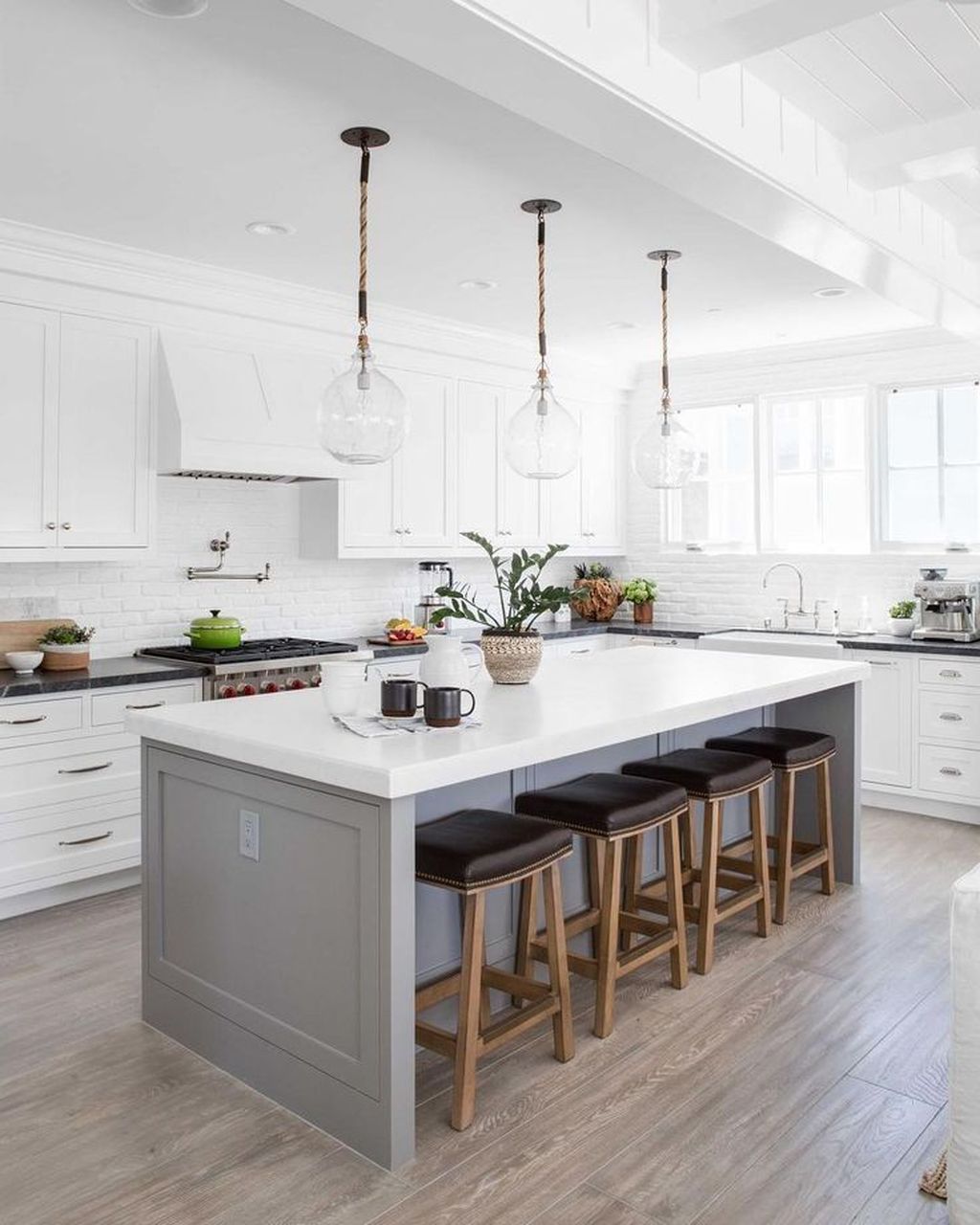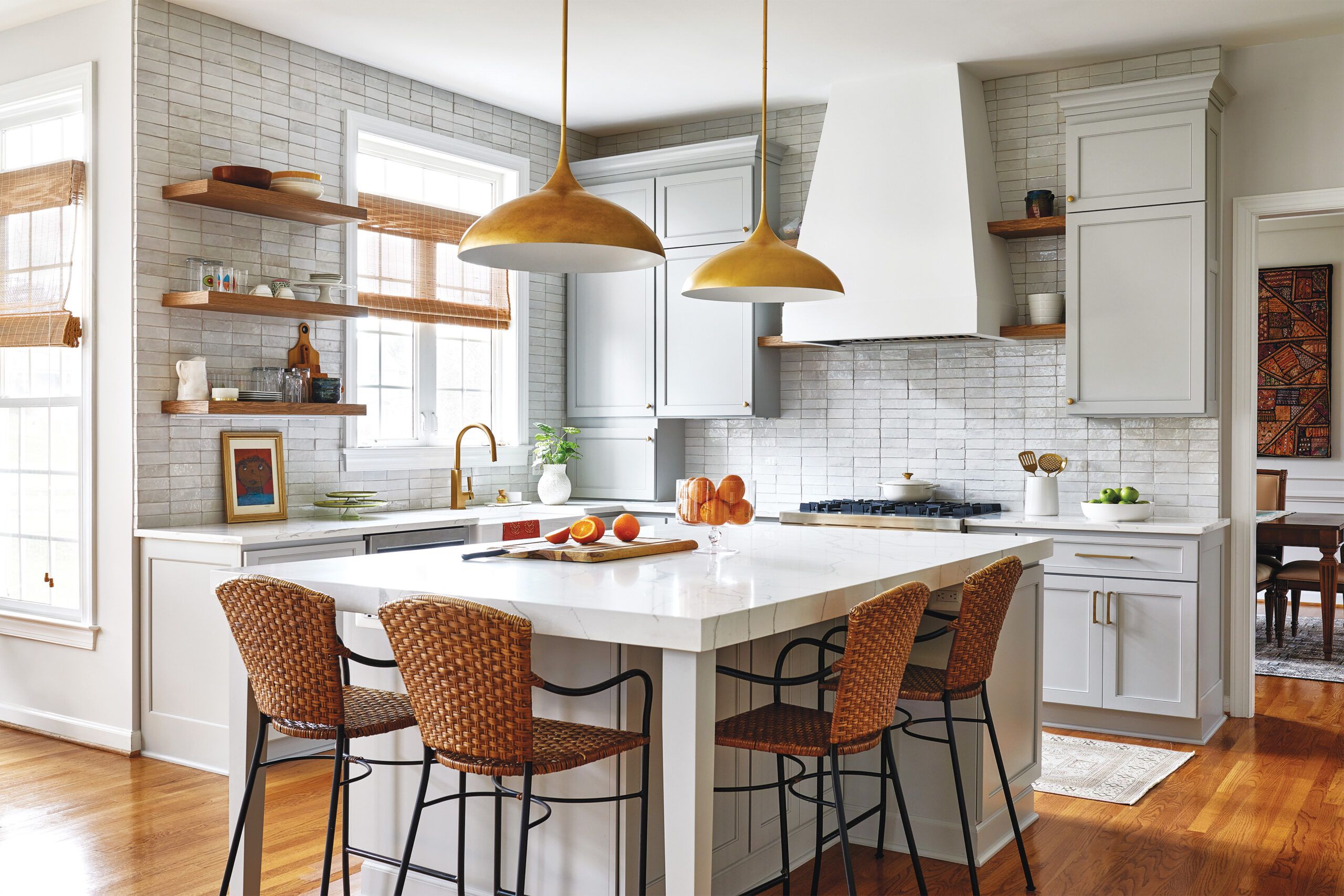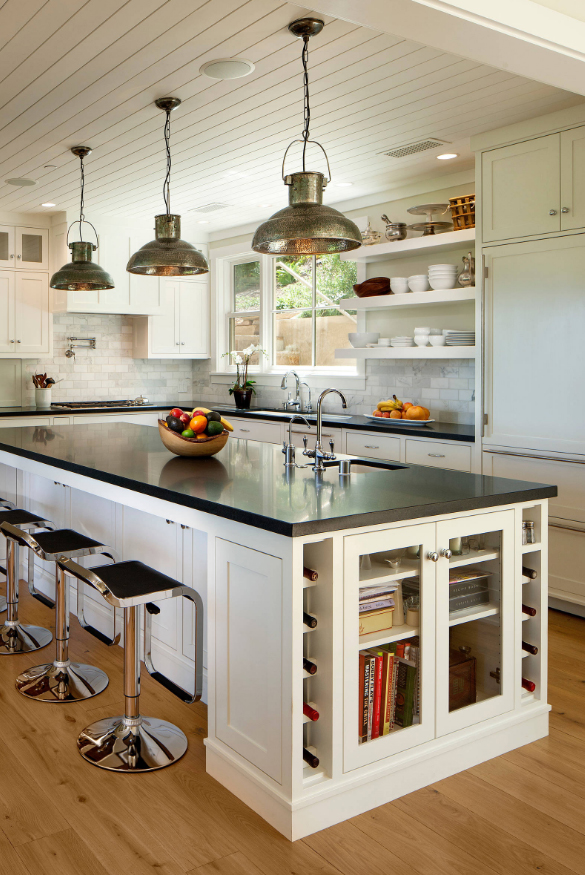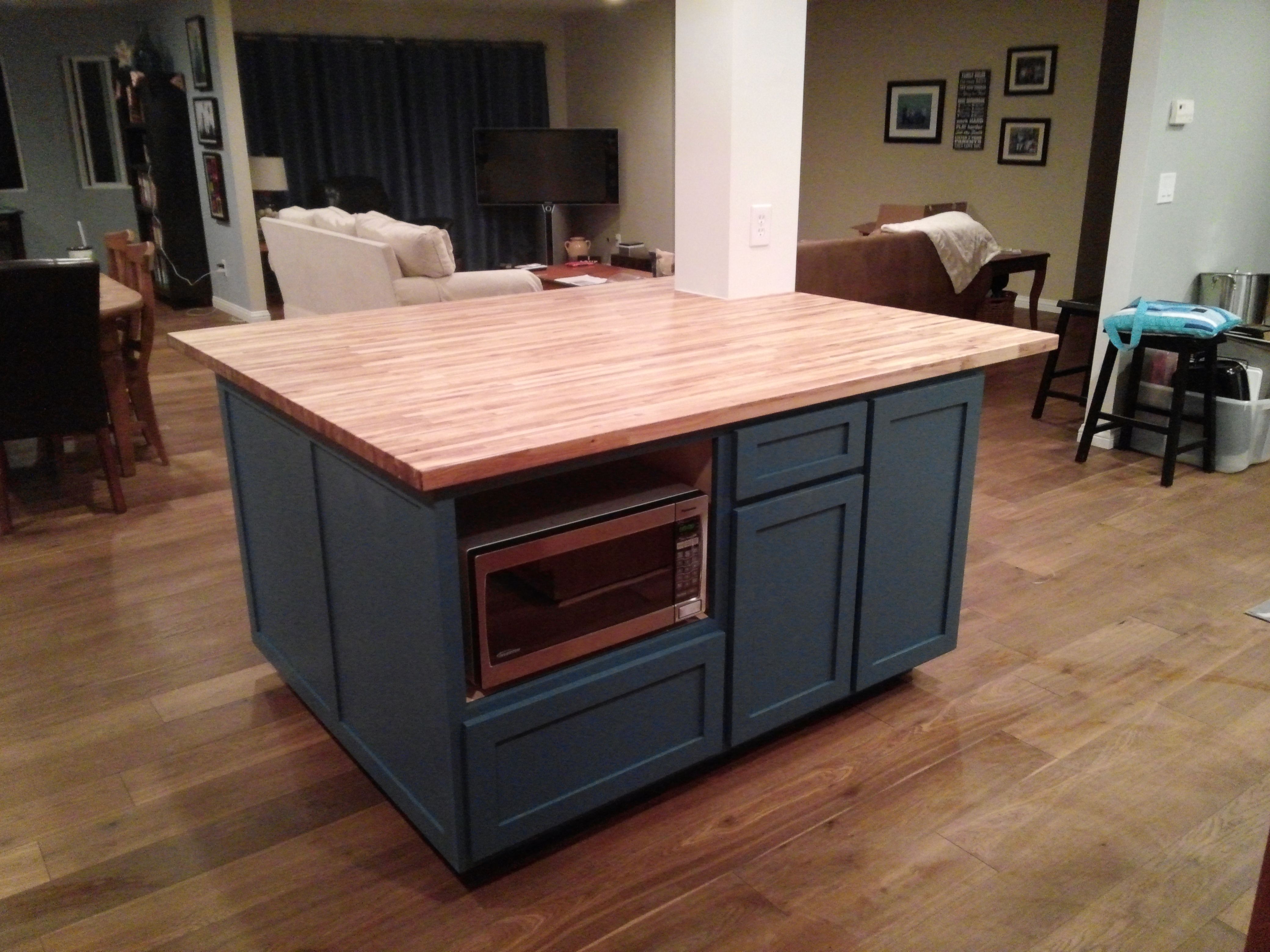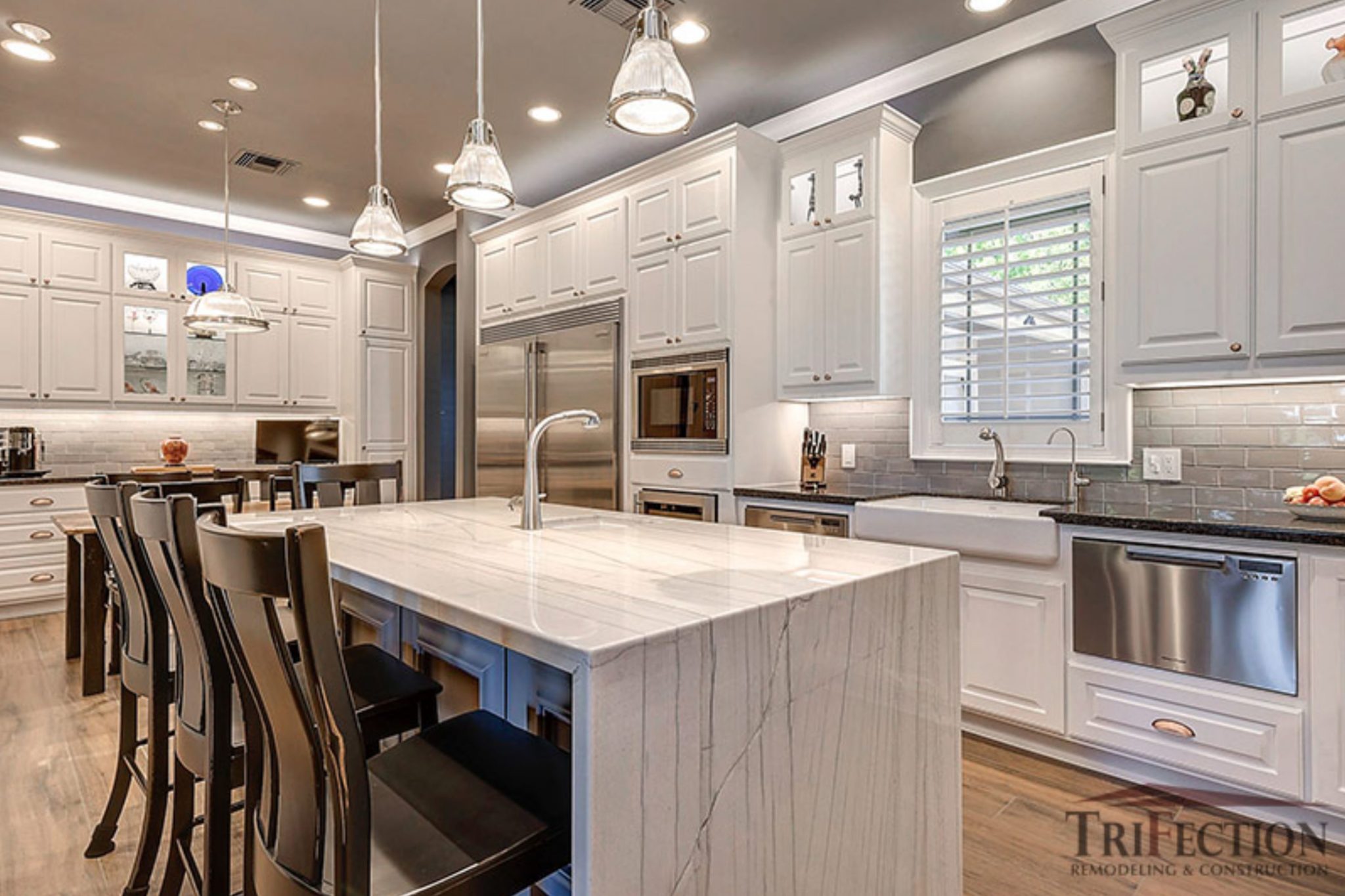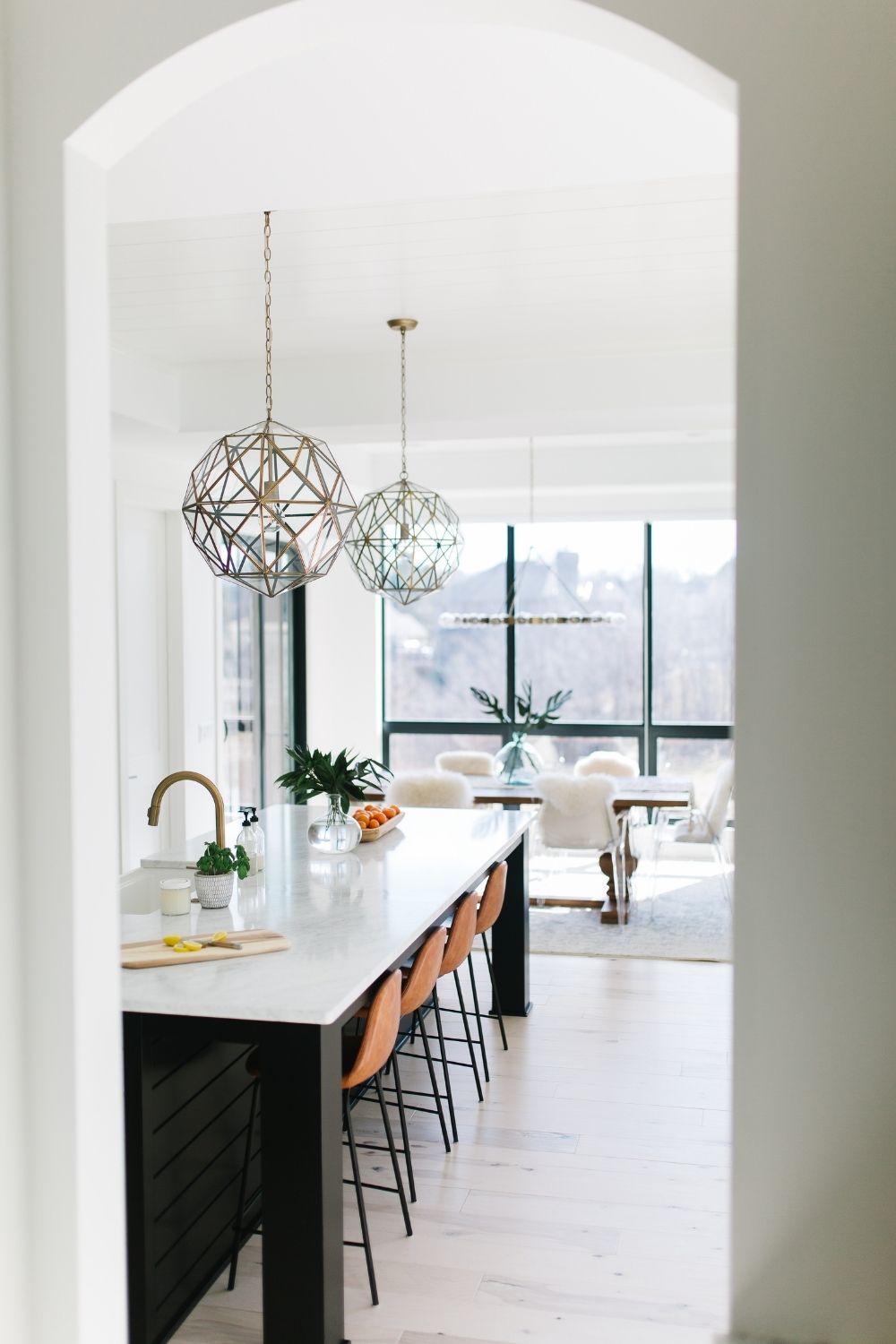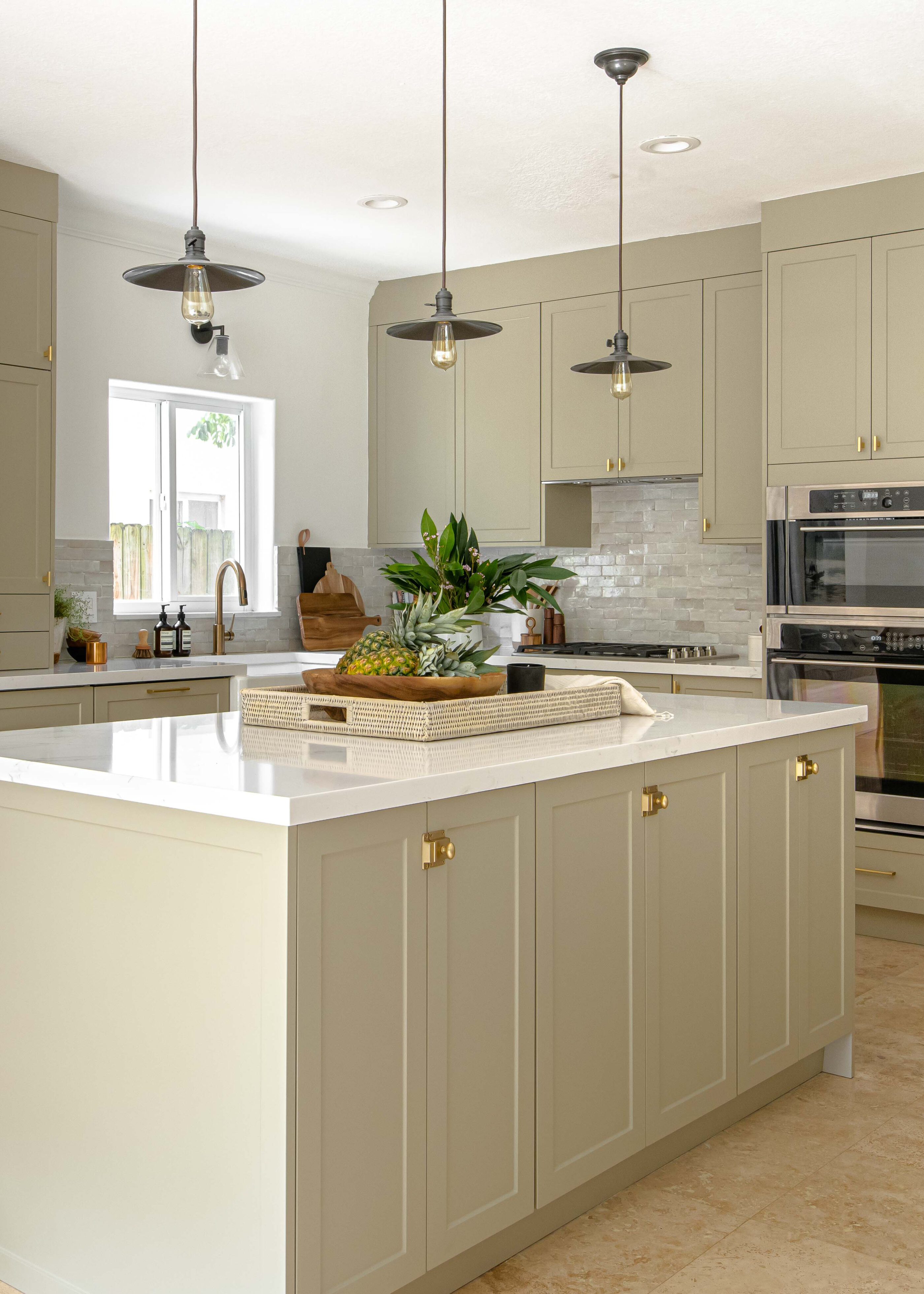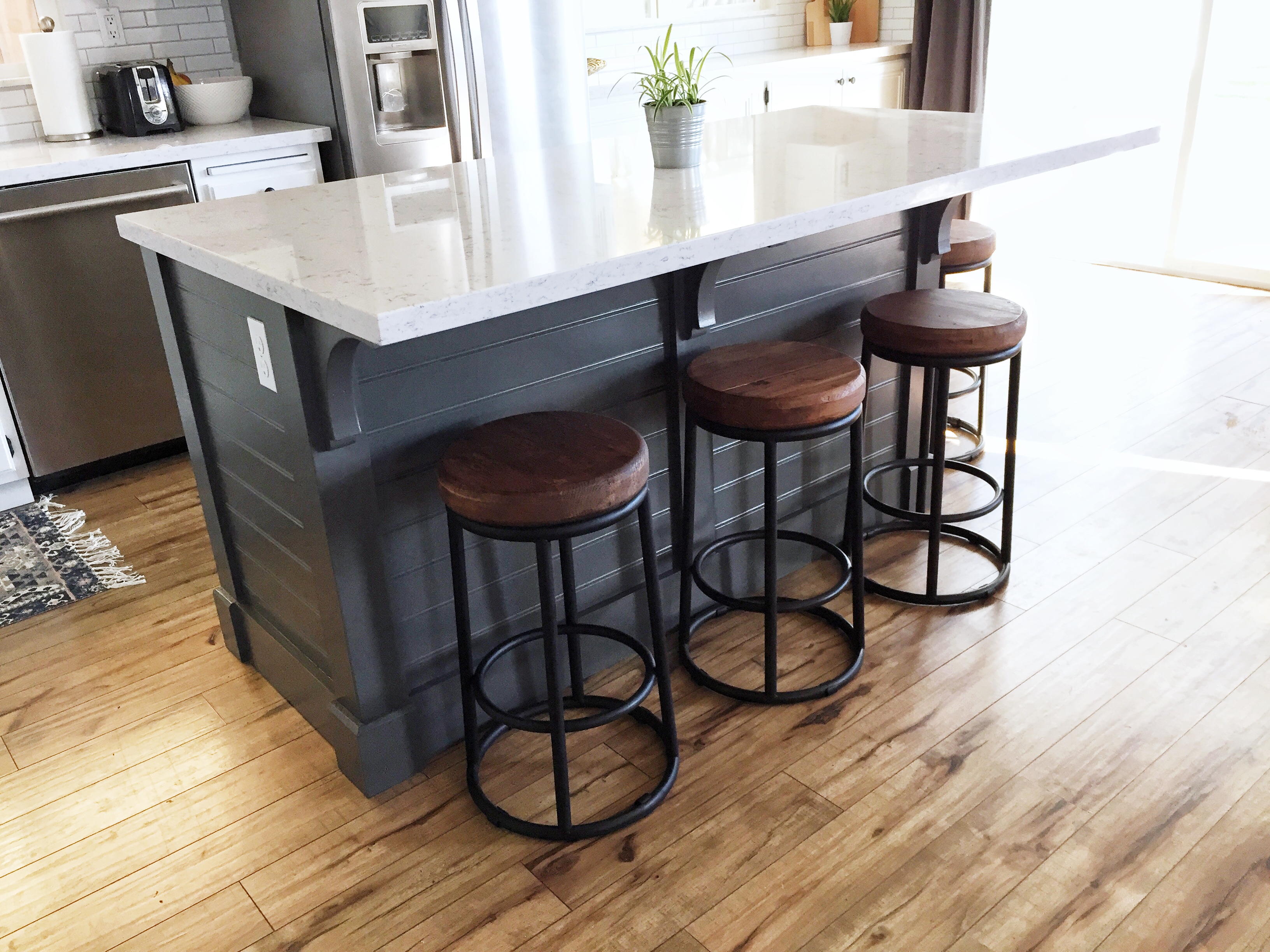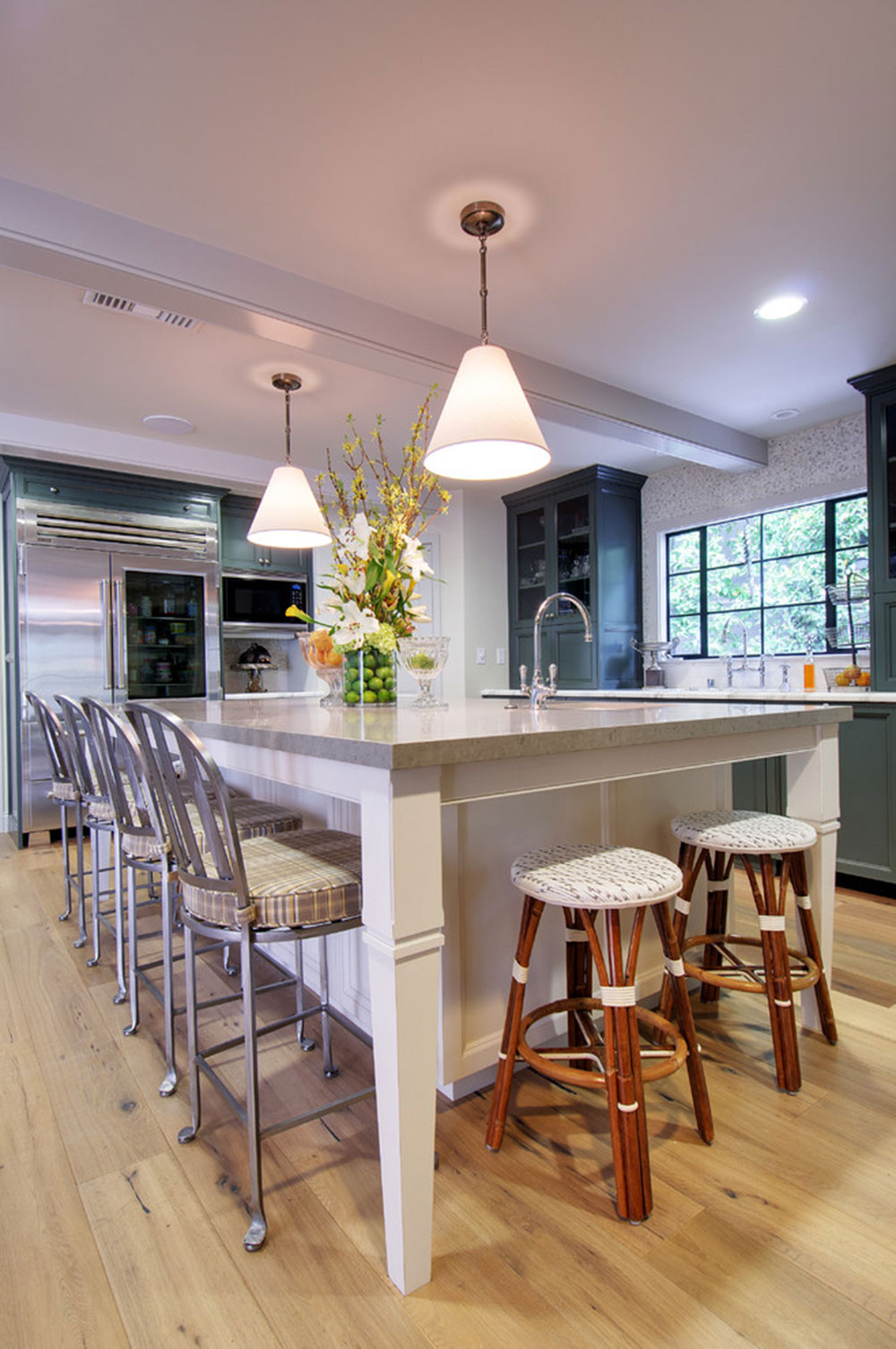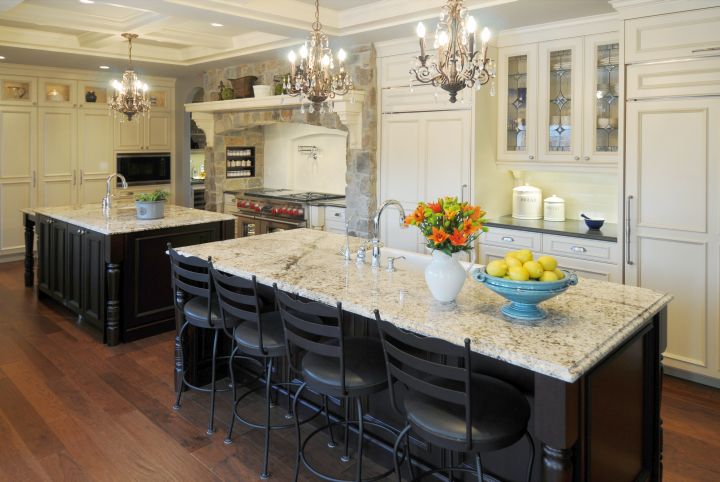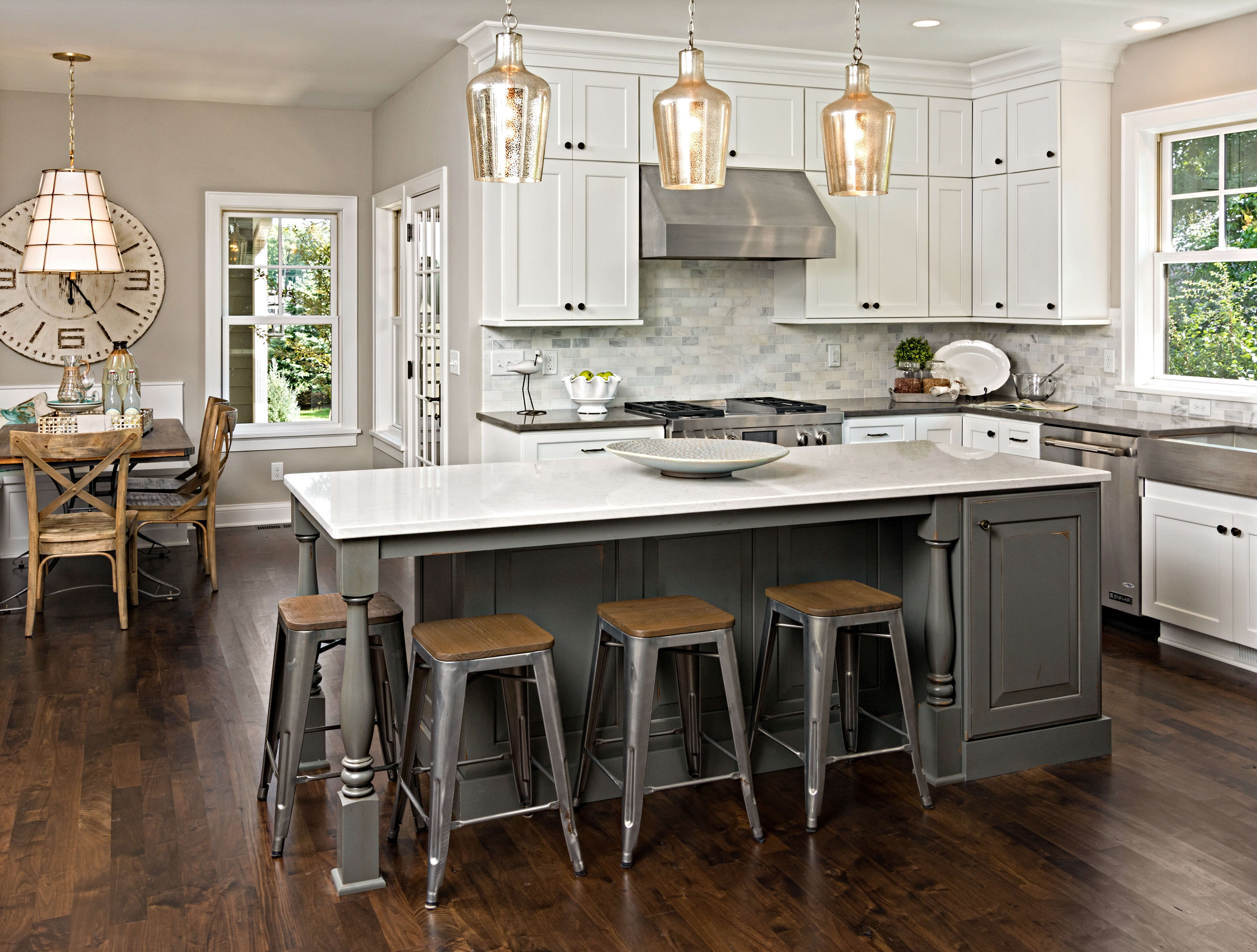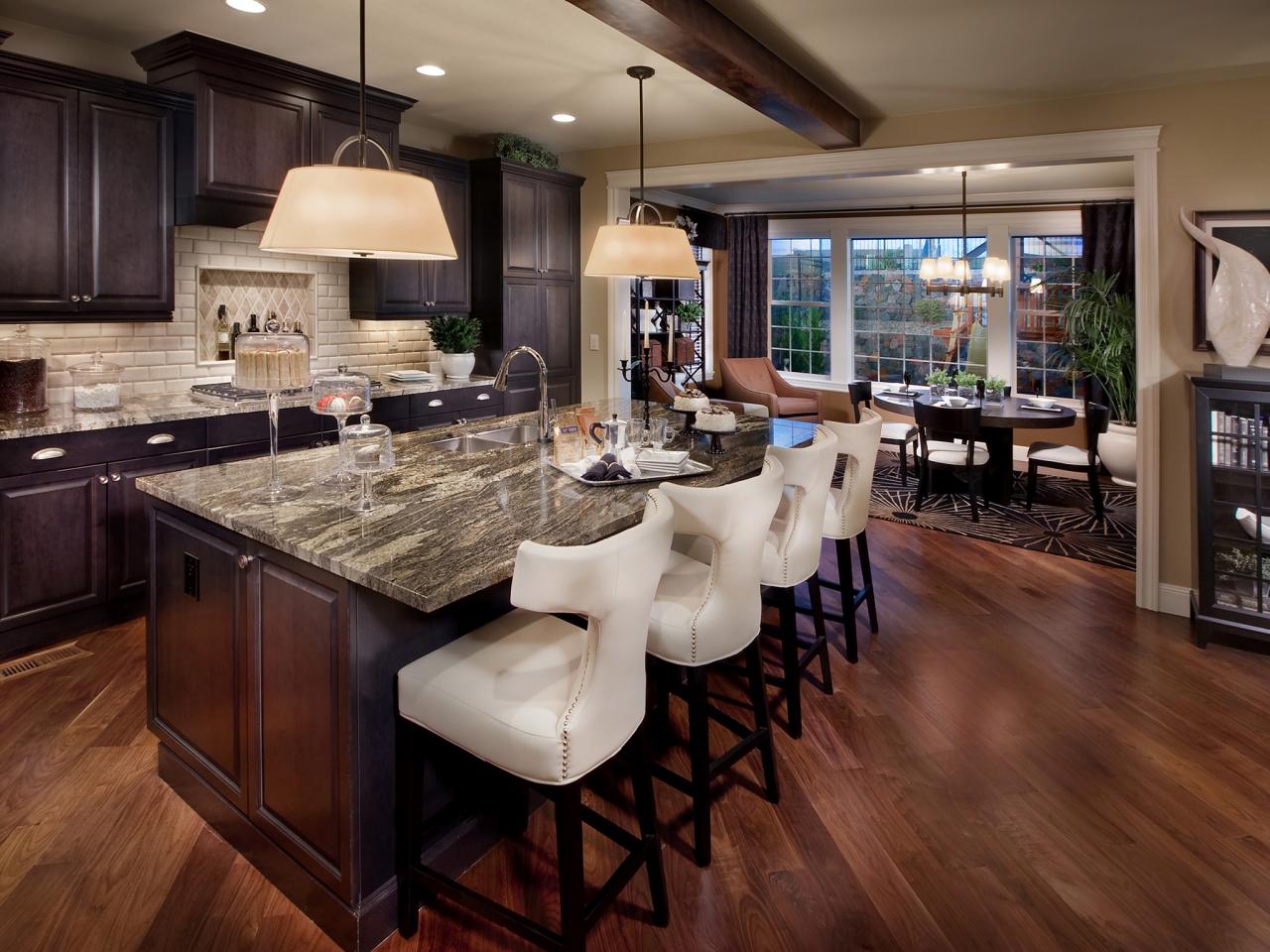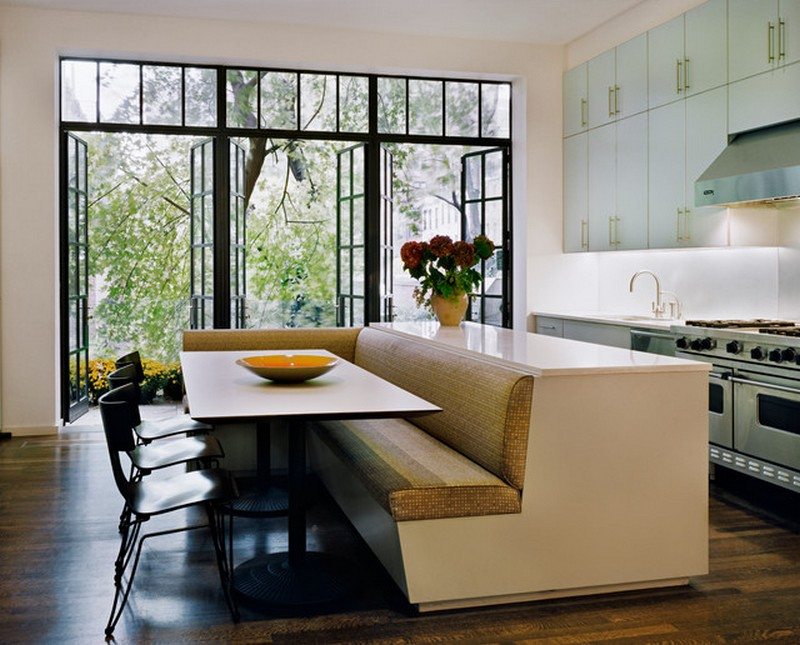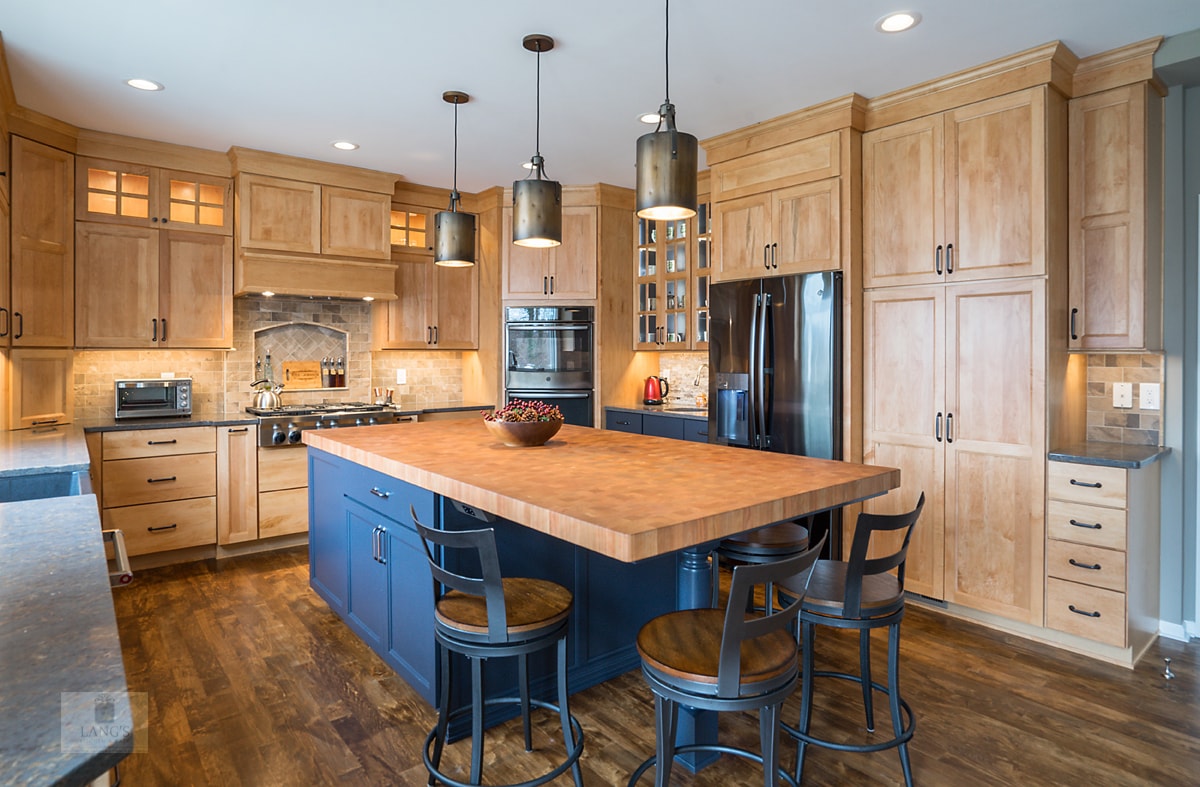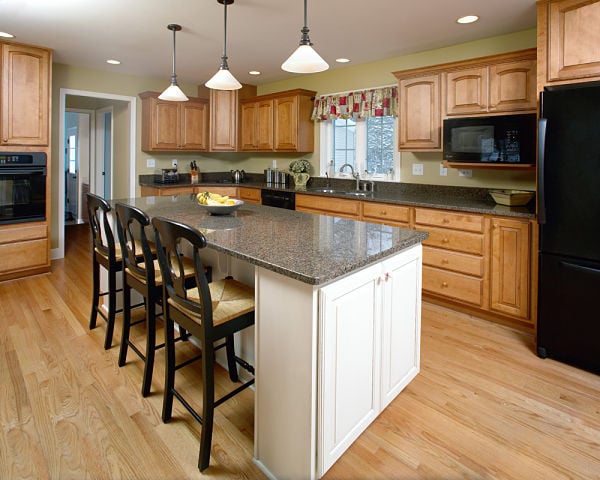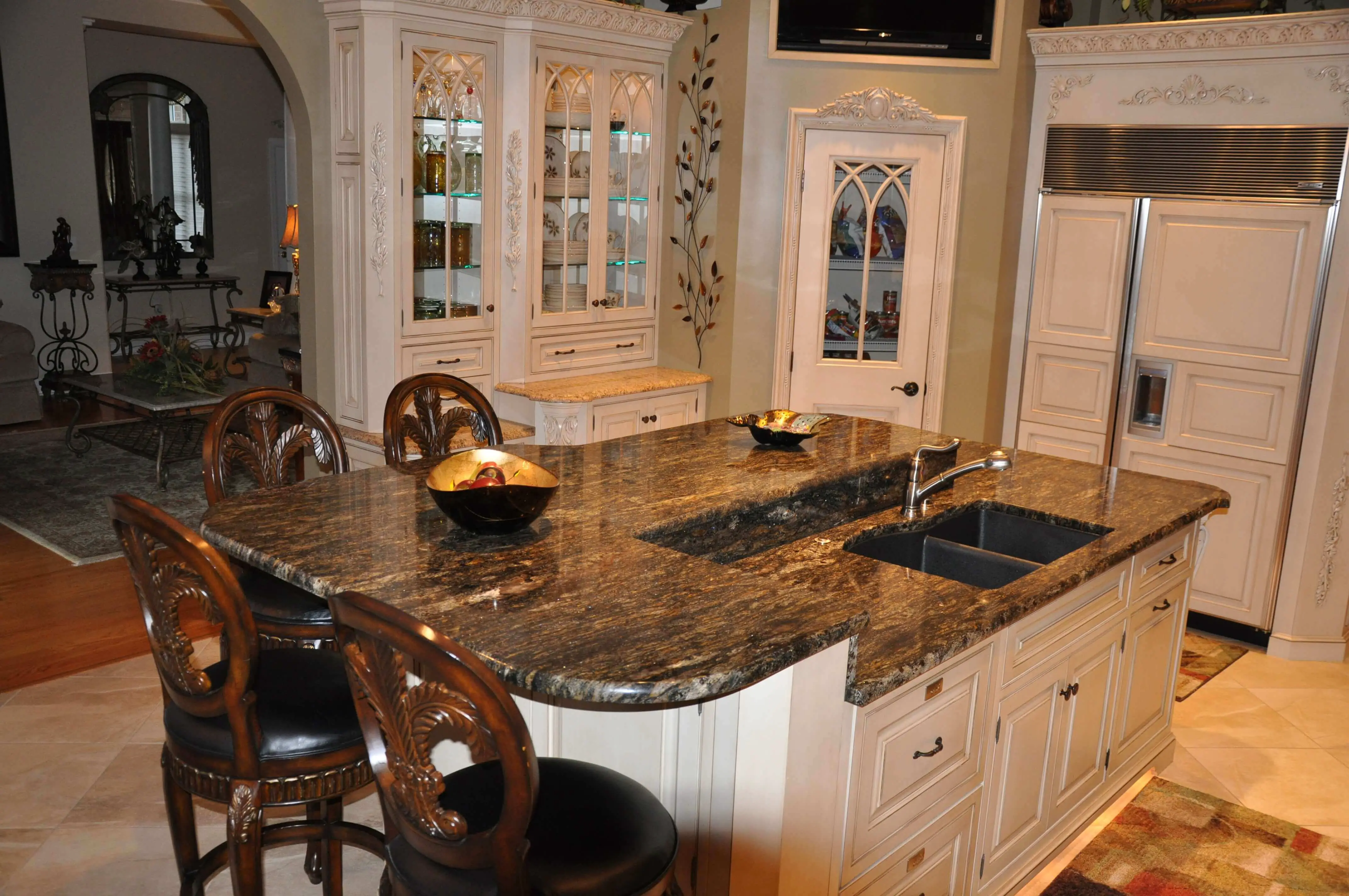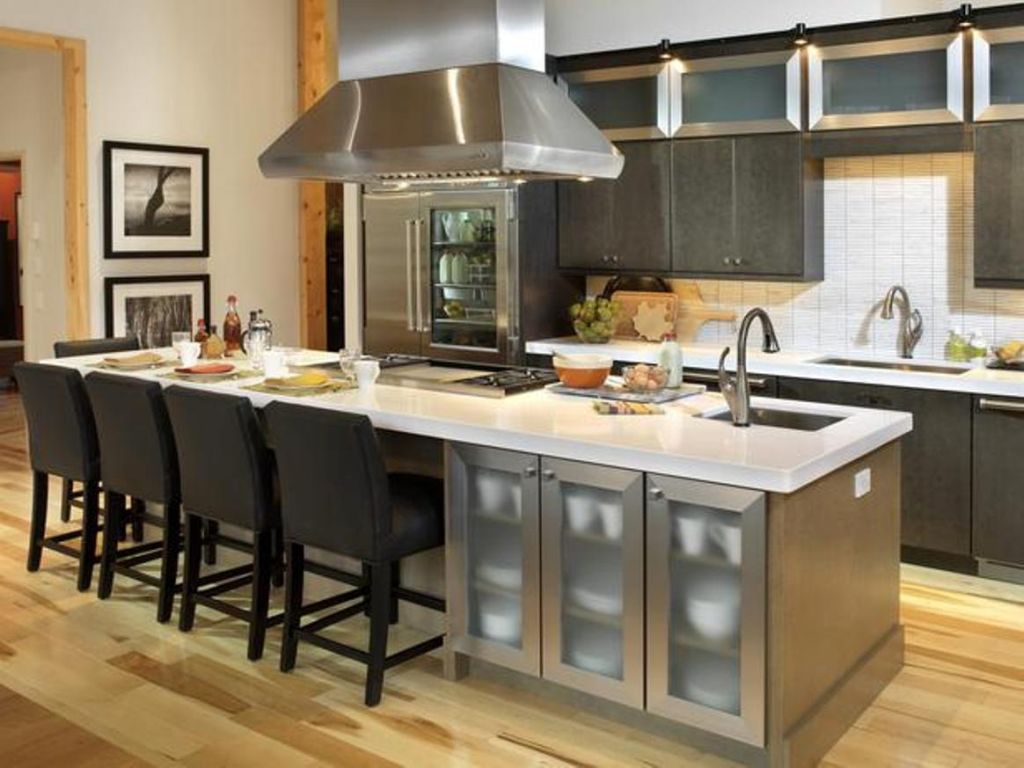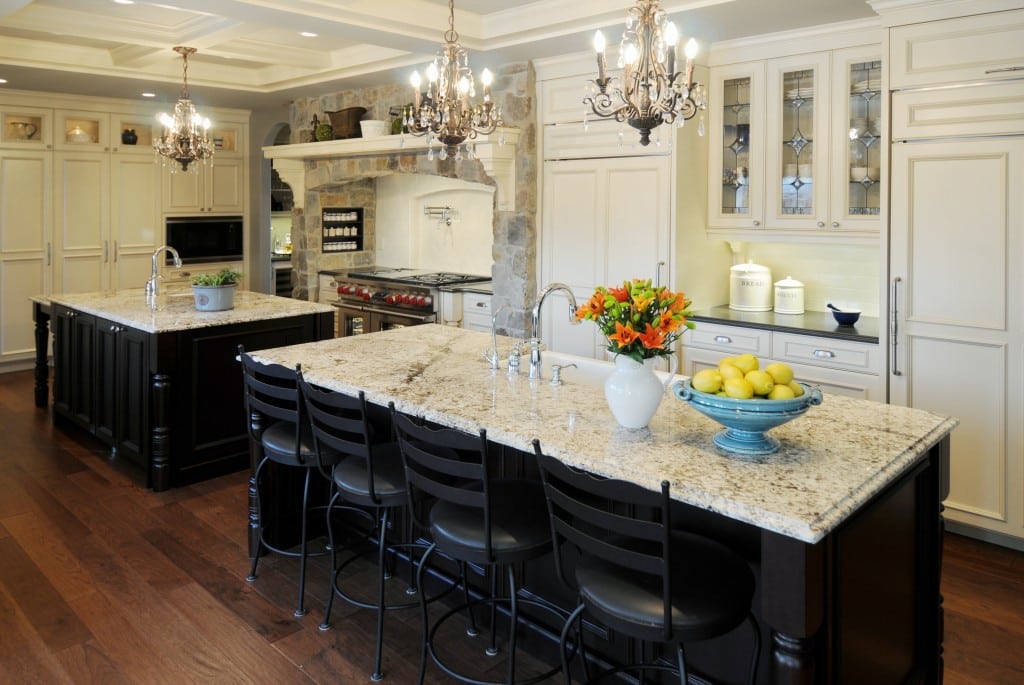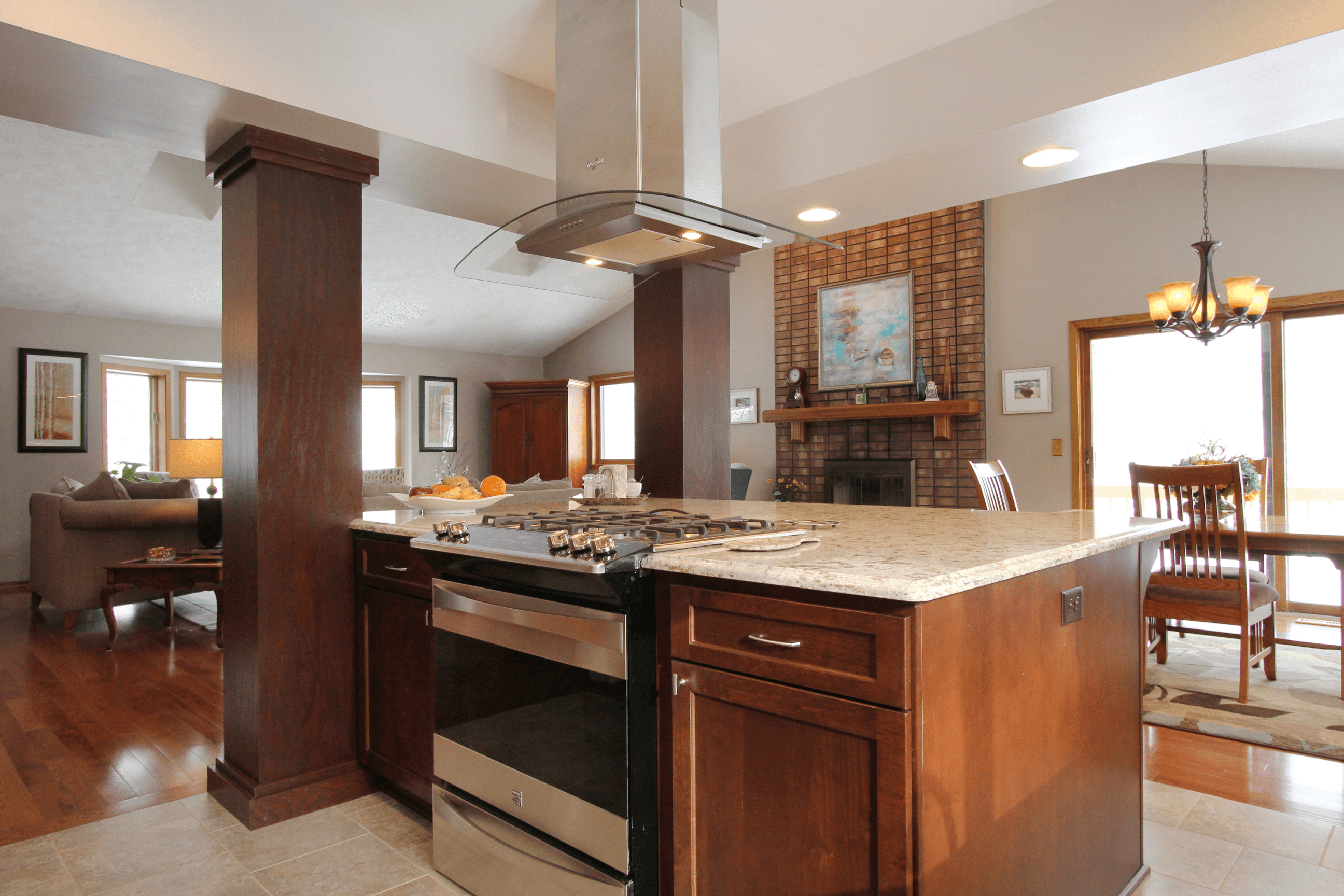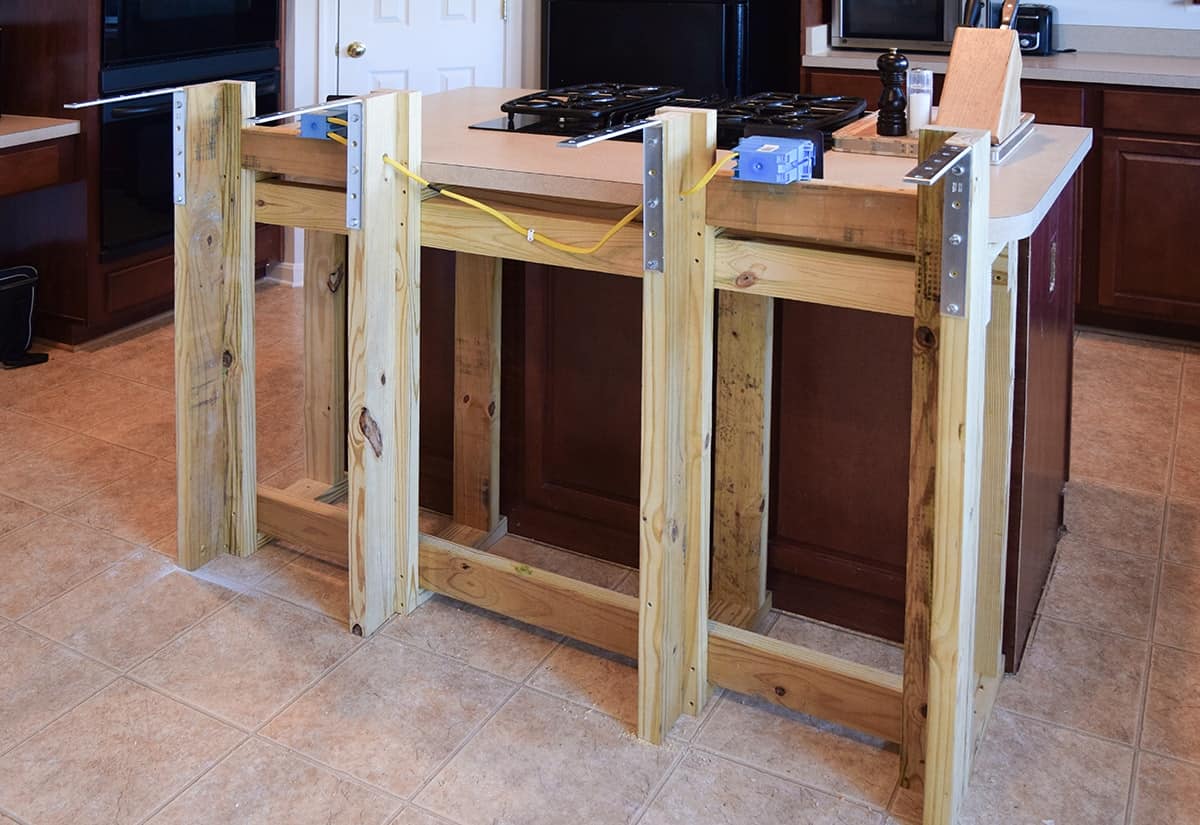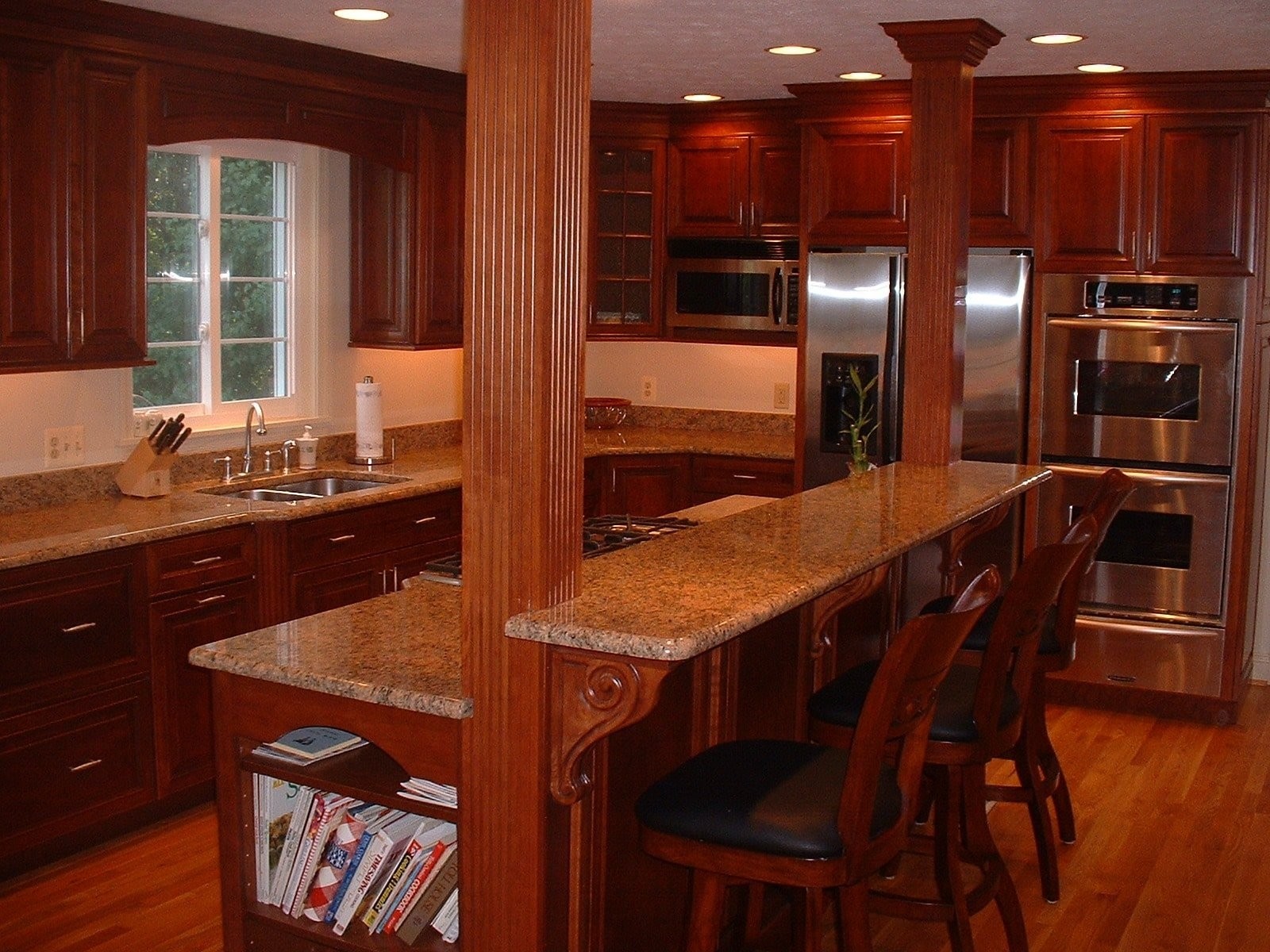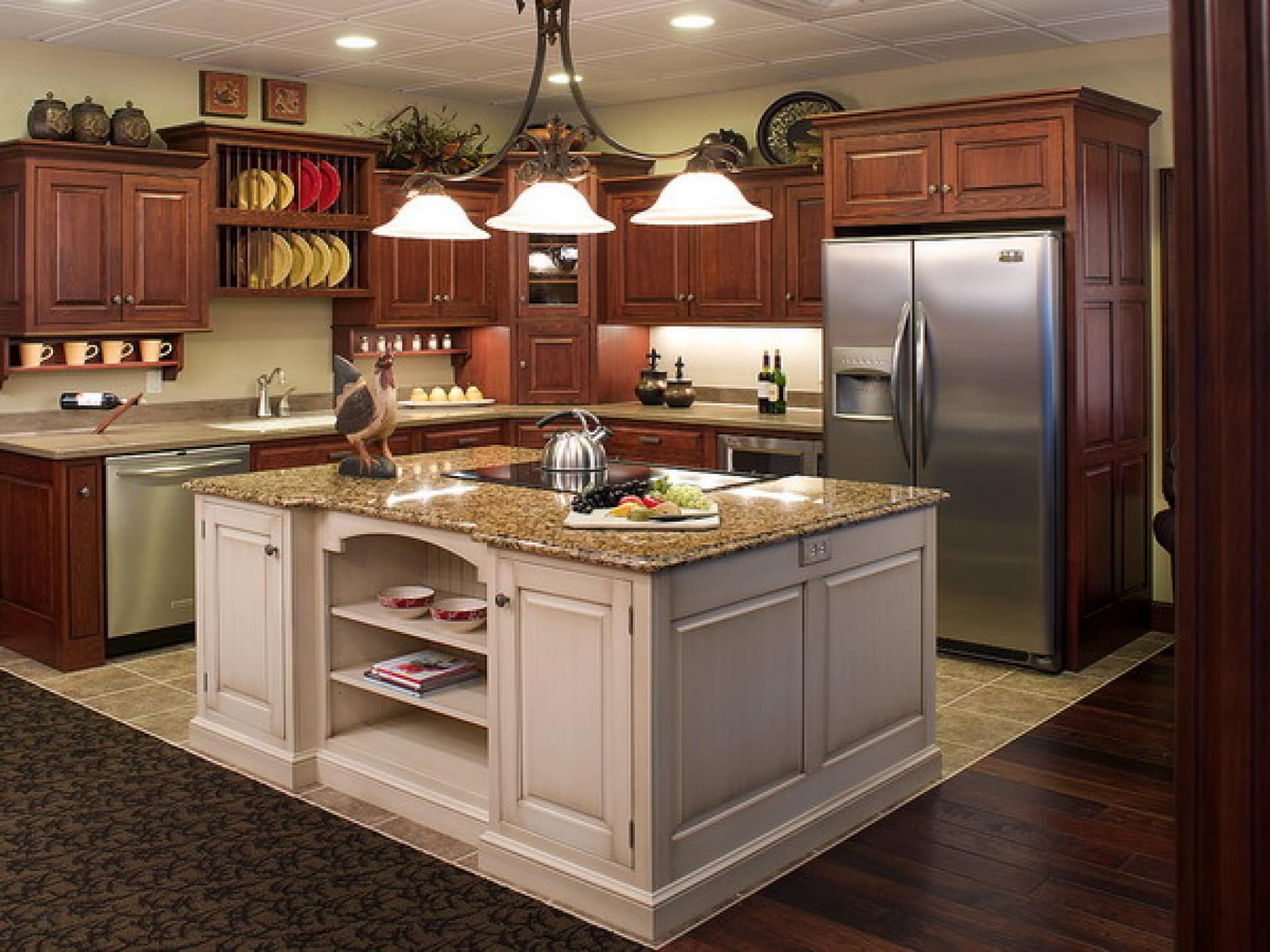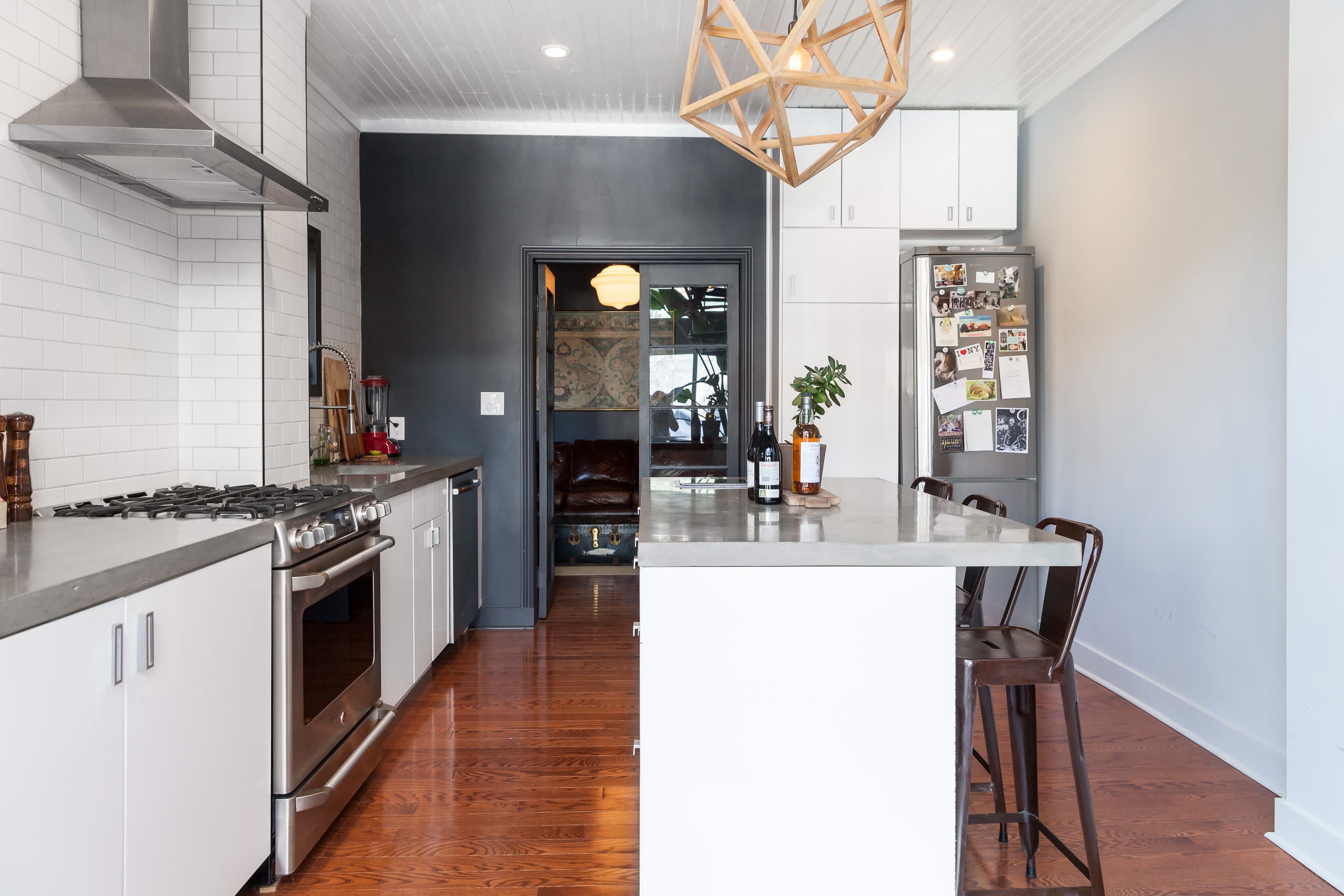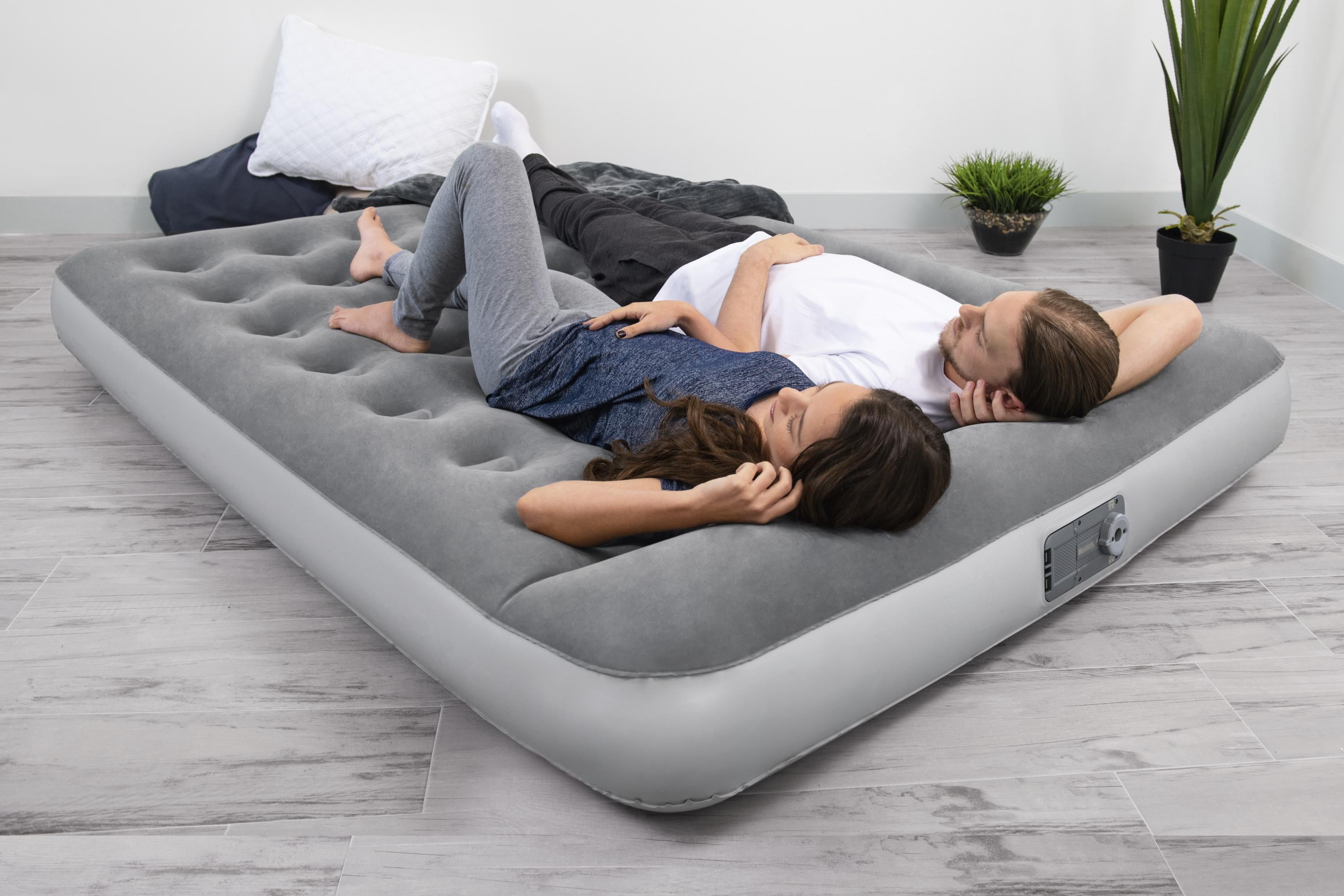How to Design a Kitchen Island Frame
Designing a kitchen island frame is an essential aspect of any kitchen renovation or remodel. The right kitchen island frame can not only add functionality and storage to your space, but it can also enhance the overall design and aesthetic of your kitchen. Whether you're looking to create a custom kitchen island or a simple DIY project, here are some tips and ideas to help you design the perfect kitchen island frame.
DIY Kitchen Island Frame Design Ideas
Designing and building your own kitchen island frame can be a fun and rewarding project. It allows you to customize the size, shape, and features of your island to perfectly fit your kitchen and your needs. If you're considering a DIY kitchen island frame, here are some design ideas to inspire you.
1. Use Recycled Materials: If you're on a budget or looking for an eco-friendly option, consider using recycled materials to build your kitchen island frame. Old cabinets, doors, or even pallets can be repurposed into a unique and stylish island frame.
2. Add a Pop of Color: Instead of using traditional wood for your island frame, consider painting it a bold color to make it stand out. This is a great way to add a fun and playful element to your kitchen design.
3. Incorporate Open Shelving: Open shelving not only adds a decorative element to your kitchen island but also provides extra storage space. You can display your favorite dishes or cookbooks while keeping them easily accessible.
4. Create a Multi-Level Island: If you have a larger kitchen, consider designing a multi-level island with different heights for different purposes. You can have a lower level for food prep and a higher level for dining or seating.
Designing a Custom Kitchen Island Frame
If you have a specific vision for your kitchen island, a custom design may be the best option for you. Working with a contractor or designer, you can create a one-of-a-kind island frame that fits your exact needs and style. Here are some tips for designing a custom kitchen island frame.
1. Consider Your Kitchen Layout: When designing a custom kitchen island, it's important to consider the layout of your kitchen. You want to make sure the island doesn't disrupt the flow of your space and that it provides enough space for people to move around comfortably.
2. Choose the Right Materials: The materials you choose for your custom kitchen island frame will have a big impact on its durability and overall look. Consider using high-quality materials such as solid wood, marble, or quartz for a long-lasting and aesthetically pleasing island.
3. Think About Functionality: Before finalizing the design of your custom kitchen island frame, think about how you will use it. Do you need extra storage, a sink, or a cooktop? Make sure the design caters to your specific needs.
Tips for Designing a Sturdy Kitchen Island Frame
A sturdy kitchen island frame is essential for a functional and long-lasting kitchen. Here are some tips to help you design a strong and sturdy island frame.
1. Use Braces and Supports: Adding braces and supports to your island frame can help distribute the weight and prevent it from becoming wobbly. This is especially important if you plan on having heavy appliances or a sink in your island.
2. Choose the Right Size and Shape: The size and shape of your kitchen island frame will play a big role in its stability. Make sure to choose a size and shape that is proportionate to your kitchen and won't cause it to become unbalanced.
3. Invest in Quality Hardware: The hardware you use for your island frame, such as hinges and drawer slides, should be of high quality to ensure they can withstand the weight and stress of daily use.
Designing a Kitchen Island Frame with Storage
One of the main benefits of a kitchen island is the extra storage it provides. Here are some design ideas for incorporating storage into your kitchen island frame.
1. Add Cabinets or Drawers: Traditional cabinets or drawers are a great way to add storage to your kitchen island. You can use them to store pots and pans, small appliances, or even pantry items.
2. Install Open Shelves: As mentioned before, open shelves are not only decorative but also functional. You can use them to display your favorite dishes or store frequently used items for easy access.
3. Utilize Vertical Space: If your kitchen island has a lower level, consider hanging hooks or racks underneath to utilize the vertical space. This is a great way to store things like pots, pans, or utensils.
Designing a Kitchen Island Frame with Seating
If you have a larger kitchen or enjoy entertaining, adding seating to your kitchen island can be a great way to create a social and functional space. Here are some tips for designing a kitchen island frame with seating.
1. Allow Enough Space: When incorporating seating into your kitchen island design, make sure to leave enough space for people to comfortably sit and move around. A good rule of thumb is to allow 24-30 inches of space per person.
2. Consider the Height: The height of your island will also play a role in the comfort of your seating. Make sure the height of the island is appropriate for the type of seating you choose, whether it be stools or chairs.
3. Add a Footrest: If you plan on using stools for your island seating, consider adding a footrest to make it more comfortable for guests to sit for extended periods.
Designing a Kitchen Island Frame with a Sink
Adding a sink to your kitchen island can be a game-changer in terms of functionality and convenience. Here are some tips for designing a kitchen island frame with a sink.
1. Plan for Plumbing: Before installing a sink in your kitchen island, make sure to plan for plumbing. This may require additional work and expenses, so it's important to factor it into your budget and design plan.
2. Choose the Right Size and Style: The size and style of your sink should complement the overall design of your kitchen. If you have a smaller island, consider a single-bowl sink, while a larger island can accommodate a double-bowl sink.
3. Leave Enough Counter Space: It's important to leave enough counter space around your sink for food prep and other tasks. A good rule of thumb is to have at least 18 inches of space on either side of the sink.
Designing a Kitchen Island Frame with a Cooktop
A cooktop on your kitchen island can be a great way to free up space on your main countertops and create a designated cooking area. Here are some tips for designing a kitchen island frame with a cooktop.
1. Consider Ventilation: If you plan on having a cooktop on your kitchen island, make sure to plan for proper ventilation. This may require installing a hood or having a vent installed in the ceiling above the island.
2. Leave Enough Space: Just like with a sink, it's important to leave enough counter space around your cooktop for food prep and other tasks. Consider having at least 12 inches of space on either side of the cooktop.
3. Choose the Right Materials: The materials you choose for your kitchen island frame should be heat-resistant to prevent any damage from the cooktop. Granite, quartz, and stainless steel are popular options for cooktops.
Designing a Kitchen Island Frame with a Bar
If you enjoy entertaining or having a place to relax with a drink, adding a bar to your kitchen island can be a great addition. Here are some tips for designing a kitchen island frame with a bar.
1. Consider the Height: The height of your bar should be different from the main countertop to accommodate bar stools. A typical bar height is around 42 inches, while a regular countertop height is around 36 inches.
2. Incorporate Storage: A bar area is a great place to incorporate storage for glasses, bottles, and other bar essentials. Consider adding open shelves or hanging racks to keep everything easily accessible.
3. Choose the Right Lighting: A bar area can also benefit from specific lighting to create a cozy and inviting atmosphere. Consider adding pendant lights or under-cabinet lighting to highlight the bar area.
Designing a Kitchen Island Frame with Wheels
If you want the option to move your kitchen island around or have limited space, adding wheels to your island frame can be a great solution. Here are some tips for designing a kitchen island frame with wheels.
1. Choose the Right Size and Shape: When adding wheels to your kitchen island, consider the size and shape of the island. A smaller and narrower island will be easier to move around than a large and bulky one.
2. Use Locking Wheels: To ensure your island stays in place when you're using it, consider adding locking wheels. This will prevent it from moving around while you're cooking or prepping food.
3. Opt for a Lightweight Design: If you plan on moving your kitchen island around frequently, consider designing a lightweight frame using materials such as wood or lightweight metal. This will make it easier to maneuver.
In conclusion, designing a kitchen island frame requires careful planning and consideration of your kitchen layout, needs, and style. Whether you choose to DIY your island or work with a professional, these tips and ideas will help you create a functional and stylish addition to your kitchen. With the right design, your kitchen island can become the heart of your home, serving as a gathering place for family and friends and providing extra storage and workspace for all your culinary adventures.
Designing the Perfect Kitchen Island Frame for Your Home
:max_bytes(150000):strip_icc()/DesignWorks-0de9c744887641aea39f0a5f31a47dce.jpg)
Optimizing Space and Functionality
 When it comes to designing a kitchen, the
kitchen island
has become an essential element that not only adds style but also functionality. It serves as a multi-purpose space for meal preparation, storage, and even dining. But in order to make the most out of your kitchen island, it is crucial to carefully plan and design its frame.
Optimizing space and functionality
should be the main focus when designing a
kitchen island frame
. This means taking into consideration the size and layout of your kitchen, as well as your specific needs and preferences. A well-designed kitchen island frame can add valuable counter and storage space, making the overall cooking and dining experience more efficient and enjoyable.
When it comes to designing a kitchen, the
kitchen island
has become an essential element that not only adds style but also functionality. It serves as a multi-purpose space for meal preparation, storage, and even dining. But in order to make the most out of your kitchen island, it is crucial to carefully plan and design its frame.
Optimizing space and functionality
should be the main focus when designing a
kitchen island frame
. This means taking into consideration the size and layout of your kitchen, as well as your specific needs and preferences. A well-designed kitchen island frame can add valuable counter and storage space, making the overall cooking and dining experience more efficient and enjoyable.
Choosing the Right Materials
 One of the key elements in designing a kitchen island frame is choosing the right materials. The frame needs to be strong and durable enough to support the weight of the countertop and any appliances or cabinets that may be added on top. Popular materials for kitchen island frames include wood, metal, and concrete.
Wood
adds a warm and natural touch, while
metal
offers a more modern and industrial look.
Concrete
is a great choice for a sleek and minimalist design.
Apart from the frame itself, you also need to consider the materials for the
countertop
. This is where the real work and preparation will take place, so it is important to choose a material that is both durable and visually appealing. Some popular options include granite, marble, and quartz, each with its own unique qualities and benefits.
One of the key elements in designing a kitchen island frame is choosing the right materials. The frame needs to be strong and durable enough to support the weight of the countertop and any appliances or cabinets that may be added on top. Popular materials for kitchen island frames include wood, metal, and concrete.
Wood
adds a warm and natural touch, while
metal
offers a more modern and industrial look.
Concrete
is a great choice for a sleek and minimalist design.
Apart from the frame itself, you also need to consider the materials for the
countertop
. This is where the real work and preparation will take place, so it is important to choose a material that is both durable and visually appealing. Some popular options include granite, marble, and quartz, each with its own unique qualities and benefits.
Incorporating Style and Design
 The kitchen island is not just a functional element, it also serves as a focal point in the overall design of your kitchen. Therefore, it is important to incorporate style and design into the
kitchen island frame
. You can choose to have the frame match the rest of your kitchen cabinets or opt for a contrasting color or material to make it stand out. Adding decorative details such as corbels, moldings, or a built-in wine rack can also enhance the overall look and feel of your kitchen island.
In conclusion, designing a
kitchen island frame
is a crucial step in creating a functional and stylish kitchen. By considering the space and layout, choosing the right materials, and incorporating style and design, you can create a kitchen island that not only meets your needs but also adds value to your home. So, take your time and carefully plan out the design of your kitchen island frame to achieve the perfect balance of form and function.
The kitchen island is not just a functional element, it also serves as a focal point in the overall design of your kitchen. Therefore, it is important to incorporate style and design into the
kitchen island frame
. You can choose to have the frame match the rest of your kitchen cabinets or opt for a contrasting color or material to make it stand out. Adding decorative details such as corbels, moldings, or a built-in wine rack can also enhance the overall look and feel of your kitchen island.
In conclusion, designing a
kitchen island frame
is a crucial step in creating a functional and stylish kitchen. By considering the space and layout, choosing the right materials, and incorporating style and design, you can create a kitchen island that not only meets your needs but also adds value to your home. So, take your time and carefully plan out the design of your kitchen island frame to achieve the perfect balance of form and function.
